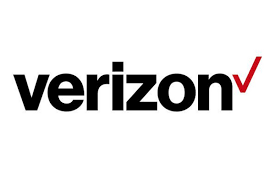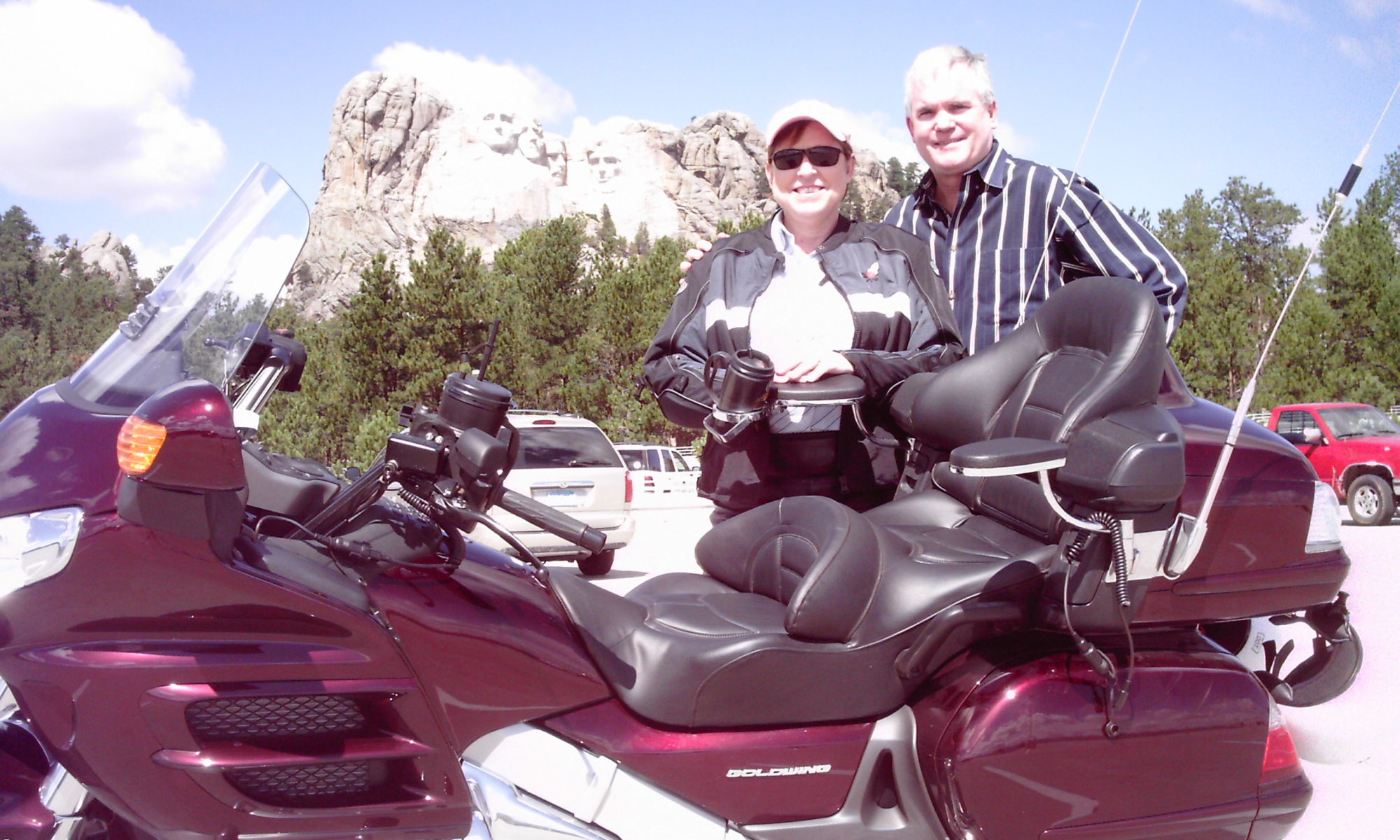After spending a full month on the road in the RV, and returning home to a broken park internet, it because clear that we needed a more robust internet solution.
Our Current Setup
For this trip we had been using:
- Verizon 75G phone plans on both our iPhones (each with 30 GB hotspot)
- Verizon Jetpack 15 GB hotspot as backup
- AT&T 100G plan on an old iPhone 6 (with 30 GB hotspot)
- Sprint/T-Mobile LinkZone 2 unlimited hotspot.
This provided us with a lot of data on multiple carriers, but was pretty labor intensive selecting which device(s) worked, monitoring the bandwidth, switching as we moved, etc. We also had to be very careful to not burn through all our data when watching TV, movies, etc. Since we had a lot more data available on our phone than via hotspot, we tried connecting our TV to the phones as an external display, but this made for a very frustrating experience. We ended up needing to reconnect and/or restart frequently, not to mention getting tangled up in the HDMI and power cables strung across the room.
New Hardware
So after doing a lot of research when we got home, I came to the conclusion that the absolute best solution for working remotely, full time RVers like us would be the MobileMustHave.com Ultimate Road Warrier package. This package includes a Pepwave Transit Duo mobile router and a Parsec 7-in-1 roof antenna. It is one of the most expensive packages, at around $1,500, but has an amazing set of capabilities.

The mobile router has 2 cellular receivers built in, with 2 SIM slots each (4 SIM slots total). This allows automatically selecting the carrier that works best, and failing over to another carrier when one isn’t working. It can also do some really fancy things like ‘bonding’ both receivers to double the cellular bandwidth for a single connection.
Best of all, a lot of things can be configured to happen automatically, such as limiting each SIM to a specified bandwidth and data cap, then rolling over to the next SIM. And the status, bandwidth, and data usage can be reviewed and modified in one place.
Both are 12v powered, so the entire setup will continue to work either parked or while moving down the road.
I can’t even begin to describe all that this setup can do, so I’ll just refer you to the MobileMustHave website. They have a lot of videos there and on their Youtube channel.
Data Plans
So having picked a dual cellular mobile router, I’d need a couple hotspot data plan SIMs. Searching for high capacity data plans took a lot of investigation also. The information available from the Mobile Internet Resource Center as well as MobileMustHave.com was very helpful, and helped steer me away from some “too good to be true” plans. I want fairly reliable plans so I don’t have to spend a lot of time interacting with support when the plans just stop working.
During our travels, both Verizon and AT&T had very good coverage. My Sprint/T-Mobile hotspot didn’t do as well. I believe their coverage is better up north, but this past trip was across the south. So I was leaning towards Verizon and AT&T.

Since we already have Verizon plans for our phones, a good choice for us is the hotspot add-on to our plans. For $15 we could get a separate 30 GB hotspot SIM. We had previously added a Jetpack on an older plan that gave us 15 GB for $10/month. So I upgraded it to the 30 GB for $15/month plan, and added a second one for our other line. So that gave me two SIMs providing 30 GB each.

I really wanted AT&T plans for the other 2 slots. At first look, the AT&T plans were quite expensive, and didn’t provide a lot of data. But then I came across their Prepaid plans. Wow. They offer 100 GB prepaid hotspot plans for $55/month. So I got two of those also.
So now I have 2 x 100 GB AT&T for my primary carrier, with 2 x 30 GB Verizon backup/rollover. These can both be configured using Peplink SpeedFusion to provide double the bandwidth if/when needed. I’ll be checking into that later, but for now I think my cellular capability is good.
Controlling Data Usage
As I mentioned above, one of the frustrating aspects of using cellular data is having to monitor our usage, and adjust things to avoid running out of data. The Pepwave router makes this very easy. It has provisions for monitoring usage, throttling bandwidth on a per device or user group basis, and turning off or rolling over to another service when a threshold is reached.

I’ve been experimenting with the amount of bandwidth needed for our TV, and have been surprised. Left in its default state, watching TV can consume way over 10 Mbps, which results in over 10 GB per day with as much video as we often stream in the evenings. So I used the Pepwave advanced settings to limit bandwidth to the TV to smaller and smaller bandwidths. I had expected that as I dropped below 8 Mbps the picture would noticeably deteriorate, and become unusable below about 5 Mbps.

But what I found was that the picture was still pretty good with the bandwidth limited to 3 Mbps.
Wifi as WAN
The icing on the cake for this device is the ability to connect to a park’s Wifi and use it as an input to the router. The Wifi at each new park we visit can be quickly configured and used instead of cellular if needed.
StarLink
I’m currently signed up to receive StarLink when it becomes available later this year, but I’m thinking I may not need it. Equipment is $499 up front and doesn’t appear RV friendly, monthly fees are $99, the service area is limited to a specific local “cell”.
Maybe in the future they will offer an RV friendly plan, but until then I’ll probably stick with cellular plus park Wifi.
